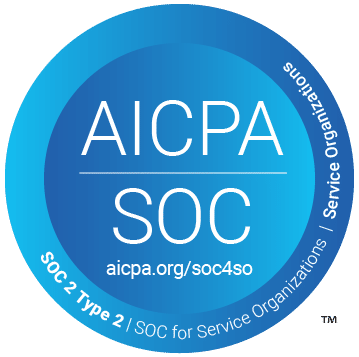>Pandemic-Related Waivers by CMS and the Continued Importance of monitoring OIG Exclusion Lists

OIG Exclusions Screening Process
Quick OIG Exclusion Basics
Consequences to Employing an Excluded Individual
Laws and Publications on OIG Compliance
Average workload reduction by implementing the Streamline Verify program
Establishments trust Streamline Verify nationwide
Serving the healthcare industry’s unique compliance needs since 2011
Setting standards with hourly synchronization to primary source data

